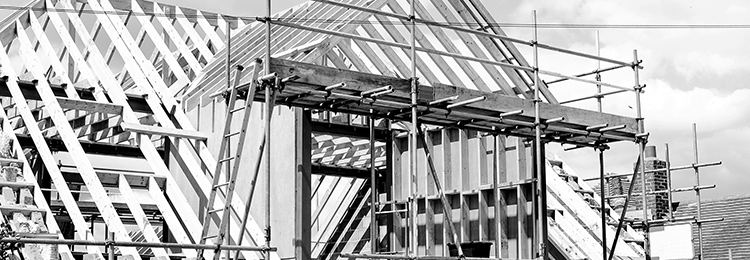The labor shortage has made it increasingly difficult to find and retain skilled workers for the construction industry. Finding and hiring dependable workers has proved to be a challenge for most builders. Many have had to train unskilled workers from the ground up instead of hiring experienced and skilled professionals.
In the previous article in this series, we discussed recruitment and vetting. Once you have hired your crew, it’s time to train and onboard. Let’s see what the experts at Builders Mutual have to say about industry best practices for the training and onboarding process.
Review Employee Expectations
Before new hires have even finished filling out new-hire paperwork, you should reiterate the workers’ roles and how they play into the company culture. This ingrains the importance of each job in the individual workers’ minds as they go about their tasks. As their employer, you should also prepare them for what they will experience on the job on the first day, the first week, and beyond.
Along with this, you should always review employee policies with new hires so they know how they are expected to behave and work. Policies to review may include:
- anti-harassment policies
- time and leave reporting
- overtime approval
- security and emergency procedures
- drug-free workplace programs
- return-to-work programs
- job-site safety programs
“It’s that pause and preparation that can make your workers feel like a part of the group — even if they will only be on your job-site for one day,” says Michele Hemric, assistant vice president of human resources and organizational effectiveness at Builders Mutual.
Complete the WorkSafe Program
The WorkSafe program is a safety training program developed by Builders Mutual to help ensure safe work environments for workers by providing a resource detailing the basics. New and current employees can benefit from the program, and it is available in both English and Spanish. The program covers general safety rules, personal protective equipment, fall protection, ladder safety, scaffolding safety, electrical safety, defensive driving, and back safety and proper lifting.
Before stepping on the job-site, workers should familiarize themselves with these topics to avoid costly and dangerous mistakes. You want your workers to be able to go home safe at the end of the day, and equipping them with safety knowledge is a proactive way to ensure this. WorkSafe can be accessed >here, on the Builders Mutual website.
Having your new employees complete and sign the WorkSafe acknowledgement form holds your workers accountable. Once signed, the form can be stored in each employee’s file in case of any future need.
Start at the Bottom
Make sure all employees start from a baseline, no matter their skill level. “New employees should not be starting at the most dangerous spot on the job-site or with the most dangerous job,” says Sean Purcell, risk management expert. “Builders must make sure employees are physically able to perform a task before assigning them to that job.”
Instead of relying on a more seasoned employee to watch new hires and assess their capability, ask new hires to complete the WorkSTEPS program. As a partner with Builders Mutual, WorkSTEPS helps you determine the physical capabilities of new hires. Ultimately, WorkSTEPS produces individualized, objective, scientific data about the worker being tested. This information can help you make informed decisions about each new hires role on the job-site.
When possible, employees should be required to prove they can do the job before being hired. WorkSTEPS offers testing for both pre-offer and post-offer, so be sure to follow up with additional testing after hiring to achieve the maximum benefit.
This information can also become an invaluable tool for comparison in the case of an injury and rehabilitation, and should therefore be maintained in employees’ files.
Next: The Cost of a Poor Hire
Builders Mutual offers resources for contractors looking to increase their employees’ safety. Though the labor shortage has made this difficult for builders, together we can rebuild a foundation of safe, knowledgeable, and skilled workers.




 Find an
Find an